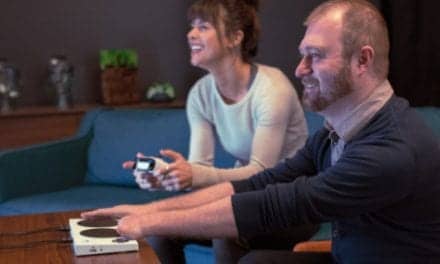Although the Mexican salamander—or axolotl—share many of the same genes with humans, it can successfully regenerate neurons while humans instead form scar tissue. Answers to why may reveal new leads to spinal cord injury treatment, researchers suggest.
“Humans have very limited capacity for regeneration, while other species like salamanders have the remarkable ability to functionally regenerate limbs, heart tissue and even the spinal cord after injury,” says lead researcher Karen Echeverri, PhD, assistant professor in the department of genetics, cell biology and development at the University of Minnesota, in a media release.
“We have discovered that despite this difference in response to injury, these animals share many of the same genes with humans. This knowledge could be used to design new therapeutic targets for treating spinal cord injury or other neurodegenerative diseases.”
When an axolotl suffers a spinal cord injury, nearby cells called glial cells proliferate rapidly and reposition themselves to rebuild the connections between nerves and reconnect the injured spinal cord. By contrast, when a human suffers a spinal cord injury, the glial cells form scar tissue, which blocks nerves from ever reconnecting with one another.
In their study, the release continues, Echeverri and her team traced the molecular mechanisms at work in each case. They found a particular protein called c-Fos, which affects gene expression, is essential to the processes axolotls use to repair injured nerves. While humans also have c-Fos, in humans the protein functions in concert with other proteins, in the JUN family, that cause cells to undergo reactive gliosis, which leads to scar formation. In axolotls, this molecular circuitry is carefully regulated to direct axolotl glial cells toward a regenerative response instead.
“Our approach allows us to identify not just the mechanisms necessary to drive regeneration in salamanders but what is happening differently in humans in reposes to injury,” said Echeverri, adding that the work has implications for other types of injury, as well. “In addition to spinal cord regeneration, our work also focuses on other forms of regeneration including scar-free wound healing and limb regeneration.”
The study was presented recently at the American Association of Anatomists annual meeting during the 2018 Experimental Biology meeting.
[Source(s): Experimental Biology 2018, Science Daily]





